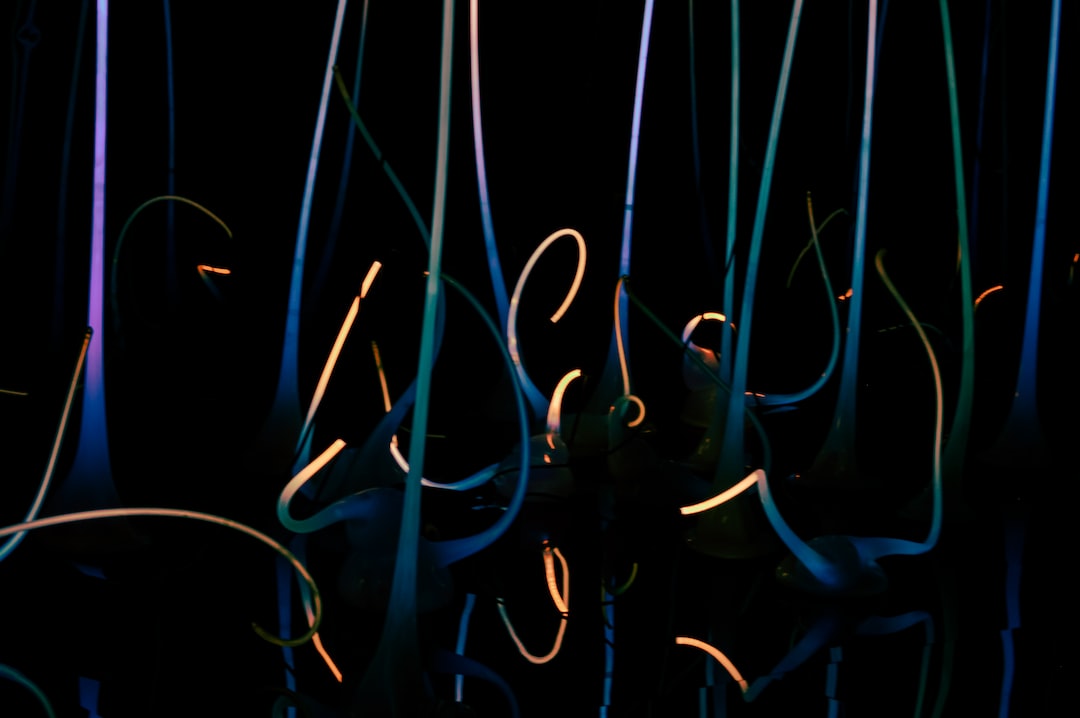Photography is an art form that has been around for hundreds of years, capturing moments in time that can never be replicated again. The alchemy of photography is achieved through the manipulation and control of light, resulting in a kaleidoscope of colors and patterns that can evoke myriad emotions in the viewer. But what makes photography truly magical is the ability to paint with light – creating images that are beyond the realm of reality, blurring the lines between the tangible and the intangible.
Painting with light can be achieved in a multitude of ways, from long exposures to light painting techniques, and every method holds its own distinct charm. Long exposures, for instance, can be used to create unique images of motion and movement, like blurred lights on a busy street or flowing water. On the other hand, light painting is a technique in which an artist uses a handheld light source to create shapes, patterns, and images in the air – capturing them on camera with a long exposure. This method is perfect for creating surreal, otherworldly images, where even the most ordinary objects can be transformed into something extraordinary.
One of the most critical aspects of painting with light in photography is mastering the art of exposure. To capture the perfect image, photographers must first understand the behavior of light in different environments and understand how the exposure settings can be adjusted to achieve the desired effect. Exposure refers to the amount of light that enters the camera and falls on the image sensor – this can be adjusted through settings like shutter speed, aperture, and ISO.
Moreover, to achieve a magical effect in photography, it is vital to experiment with color, contrast, and saturation. Colors can be used to create a mood; warm tones can create a feeling of nostalgia or comfort, while cooler tones can convey a sense of mystery and tranquility. Contrast, on the other hand, can be used to create a visual hierarchy in the image, bringing the viewer’s attention to specific areas. Saturation can be used to enhance colors, making them bold and vibrant, or to desaturate the image to make it more somber and moody.
In conclusion, painting with light is a magical process that can transform ordinary images into extraordinary works of art. By mastering techniques like light painting and long exposures and adjusting exposure settings, photographers can create images that blur the line between reality and the imaginative world. Through the manipulation of color, contrast, and saturation, photographers can evoke an array of emotions and convey a unique story, offering new perspectives and outlooks on the world we live in. With the right skills and creativity, painting with light in photography can be a path to endless possibilities and wonder.


